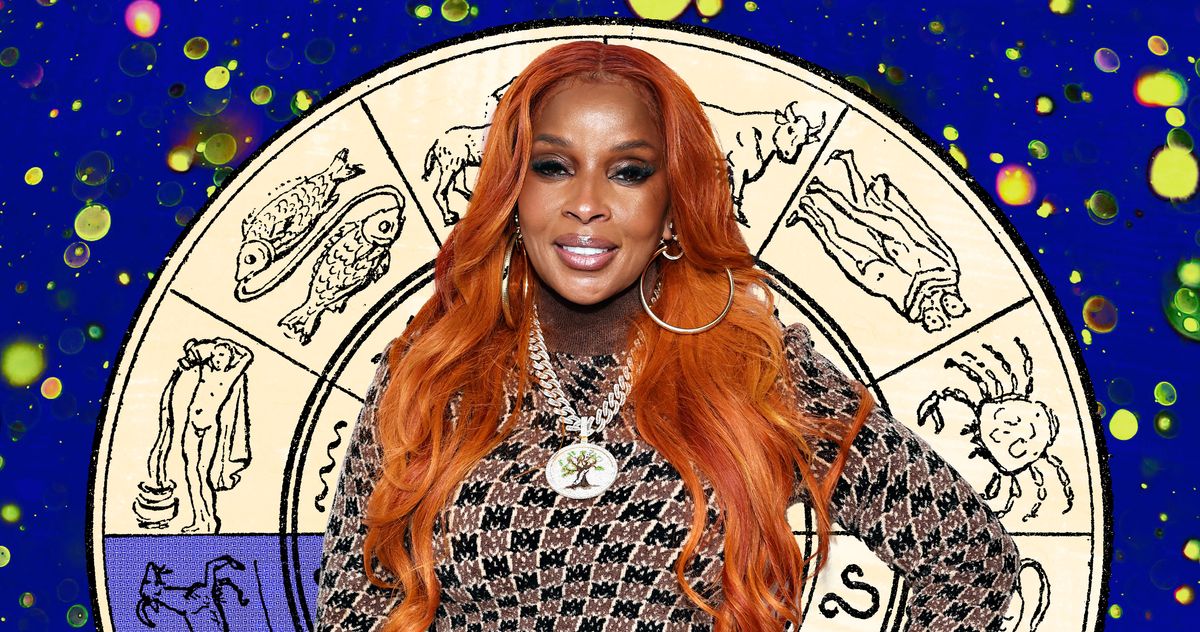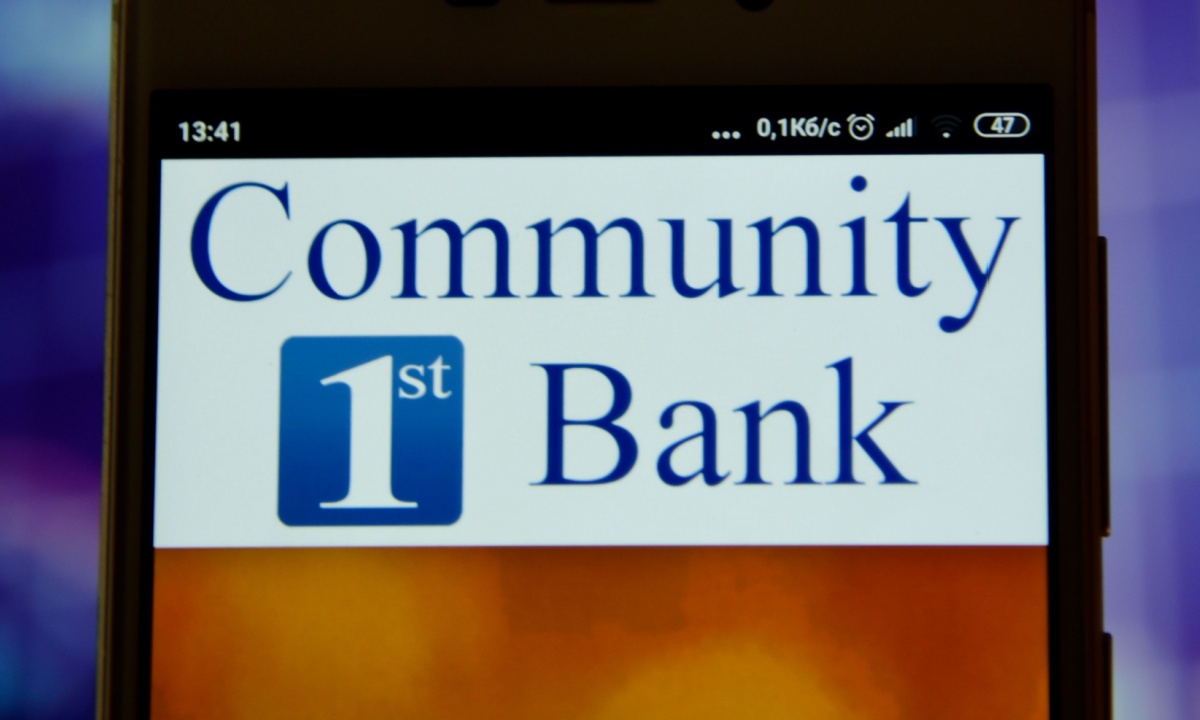Fitness
The 8 best sports for losing weight

Losing weight doesn’t have to be all about sweaty gyms or expensive personal trainers. Sports can help you lose weight and keep it off while having fun—win-win, even if your team doesn’t win. But, there’s no one best sport to lose weight.
There isn’t much research comparing individual sports for weight loss, and the best sport will most likely be the one you enjoy most and can do regularly. That said, Hims rounded up some of the best sports to lose weight if you’re looking for something new to try.
The 8 Best Sports for Weight Loss
If you’re in the market for a new hobby, consider these sports for weight loss:
- Running
- Cycling
- Swimming
- Basketball
- Soccer
- Golf
- Brisk walking
- Weight lifting
Read on for more on the sports that help you lose weight, how many calories you can burn doing them and what else you need to do on your journey toward a healthy weight.
FYI, a quick disclaimer: It’s almost impossible to predict the amount of calories you’ll burn doing a particular sport. It depends on your baseline body weight and body composition, as well as how long and how intensely you’re doing the activity, but the rough estimates below should be a good comparative guide.
1. Running
Number of calories burned per hour for a 154-pound person: 590
Other than a decent pair of sneakers, you don’t need much equipment to run. You also don’t need a team, a court or prior knowledge. You can simply get out there and run a few laps around your favorite park or try out the treadmill in a gym.
Research shows running can help you lose more weight compared to walking.
If you’re just starting out, consider jogging and slowly increasing how long and fast you run. You can also alternate jogging with walking every minute or every city block.
As your fitness level increases, try throwing some sprint sessions into the mix.
High-intensity interval training (HIIT)—which could be anything intense that gets your heart rate up, but sprinting works well—is best for improving body composition in people with obesity and who are overweight.
HIIT might also be better than aerobic activity at improving cardiorespiratory fitness, total cholesterol and fasting blood glucose.
What’s more, HIIT can help you burn more calories than running or cycling at lower intensities or weight lifting.
In a head-to-head match, HIIT and low-to-moderate aerobic activity are about as effective as each other at reducing fat mass, though.
2. Cycling
Number of calories burned per hour for a 154-pound person: 590
Whether you’re cycling the streets or on a stationary bike, cycling is great aerobic exercise.
Not all research agrees, but aerobic exercise has been found to be the best type of exercise for reducing body weight and body mass index (BMI) in those with obesity and who are overweight.
You might also find cycling is gentler on your knees, ankles and joints than running.
Cycling can help improve your cardiovascular health, reducing your risk of coronary heart disease. And you can turn it into a HIIT session by adding faster cycling efforts to your workout.
3. Swimming
Number of calories burned per hour for a 154-pound person: 510
Swimming is more low-impact than running and cycling, yet it can still help you get some aerobic activity to promote weight loss.
One study compared swimming and walking in 116 previously sedentary women (meaning they sat most of the day and got little to no physical activity) aged 50 to 70. The participants did three sessions a week of either moderate-intensity swimming or moderate-intensity walking for a year.
After six months, those who’d been swimming had a greater reduction in waist and hip circumferences.
After a year, the swimmers lost more body weight than the walkers and had lower total cholesterol and lower low-density lipoprotein (LDL)—aka “bad cholesterol.”
Not bad if you don’t mind getting wet.
4. Basketball
Number of calories burned per hour for a 154-pound person: 440
Playing basketball has been shown to lead to weight loss, and depending on how intensely you’re playing, it counts as aerobic activity or HIIT. You might find a game is a mix of the two.
Basketball has the added benefits of playing on a team and focusing on a skill you can improve—which you might find gives you the extra motivation needed to stick with it.
The same goes for sports like badminton, martial arts, gymnastics and volleyball.
5. Soccer
Number of calories burned per hour for a 154-pound person: 590
What about soccer for weight loss? Since soccer primarily involves running, it burns about the same amount of calories as going for a run.
And since this sport combines sprinting, jogging and walking, your body can benefit from the varying intensities.
Of course, midfielders will burn more calories than goalies, but in general, soccer players get the kind of exercise that supports weight loss. It’s a great sport to add to your routine once or twice a week.
Plus, being on a team and competing against others can make this form of exercise fun. And when you’re having fun, it may not feel like you’re exercising.
6. Golf
Number of calories burned per hour for a 154-pound person: 330
Just like basketball, golf combines physical activity with socializing and skill-building.
But is golf good for weight loss? Swinging aside, you’ll certainly get your steps in when walking a golf course.
A 2022 systematic review found that golf has health benefits beyond weight loss.
Playing golf can lead to improvements in:
It may not improve your BMI, however. More research is needed on that front.
Our advice? Don’t let the numbers stop you from playing a round of golf. But, if you’re looking to lose weight, think about incorporating other types of movement into your routine, too.
7. Brisk Walking
Number of calories burned per hour for a 154-pound person: 460
Is this technically a sport? Maybe not—but hear us out. Brisk walking can be a great way to lose weight and improve your health.
If you’re just starting out with doing more movement, brisk walking can be much more accessible than diving head-first into a vigorous sport.
Plus, you can fit it into your routine more easily. Walking to work, walking on your lunch break, walking the dog—it all adds up.
There’s science behind it too.
A 2022 meta-analysis of more than 47,000 participants found that walking as much as 10,000 steps a day can lower your risk of all-cause mortality (death from any cause).
8. Weightlifting
Number of calories burned per hour for a 154-pound person: 440
Weightlifting is a great full-body workout that can help you maintain and build muscle—this is good because you may lose muscle when trying to lose weight. Plus, it can actually boost your weight loss efforts.
In one study, 64 participants were divided into four groups: a control group, a moderate-intensity aerobic exercise group, a resistance exercise group and a combination group that did both aerobic and resistance exercise.
They did their prescribed workout routines for 30 minutes five days a week. After 12 weeks of exercising, the results were in.
Combining aerobic exercise with resistance exercise resulted in:
- Weight loss
- Body fat loss
- Improvements in cardiorespiratory fitness (meaning they didn’t get as winded as before)
These benefits were greater than doing aerobic exercise or resistance exercise alone, or doing no exercise—although you probably guessed that one.
The lesson? Adding strength training like weightlifting to the cardio exercise you get from your sport of choice can round out your weight loss efforts.
The Importance of Daily Movement
Daily movement can help you lose weight and prevent weight gain, but that doesn’t mean you’re limited to sport alone.
Here’s what you should aim for:
- At least 150 minutes to 300 minutes of moderate-intensity physical activity a week, 75 to 150 minutes of vigorous-intensity physical activity a week or a mix of moderate and vigorous
- Muscle-strengthening activities involving all major muscle groups throughout the entire body (think: upper body, lower body and core muscles) two days or more a week
To maintain weight loss in the long run, aim for 200 to 300 minutes—between three hours and 20 minutes to five hours—of weekly physical activity.
That sounds like a lot, but you don’t need to (and shouldn’t) do it all at once. Try incorporating more movement into most days of the week.
As we’ve said, regular physical activity doesn’t have to come from sports. You could grab a jump rope, take a yoga class, hike with friends, do some physical chores and incorporate more steps into your day.
And movement is just one piece of the weight loss puzzle.
Here’s what else to keep in mind on your weight loss journey:
- Eat nutritious foods. Stock up on fruits, veggies, whole grains (like brown rice and quinoa) and lean proteins, such as chicken and tofu.
- Get enough sleep. Aim for seven hours or more a night. This will help you perform your best during all those sports while supporting your weight loss efforts.
- Drink plenty of water. If you’re playing a sport—or doing any other kind of movement—you’ll want to stay hydrated. Drinking water can also help suppress your appetite and boost your metabolism.
If they’re right for your health needs and lifestyle, weight loss medications could help your weight loss journey. These include injections like Ozempic and tablets like metformin. (Curious how these two popular weight loss drugs compare? Check out this comparison of Ozempic versus metformin.)
The Best Sport to Lose Weight: Final Verdict
Sorry to disappoint, but it turns out there’s no one best sport to lose weight.
Here’s what to keep in mind about sports and weight loss:
- Some of the best sports for losing weight include running, cycling, swimming, basketball, soccer, golf, brisk walking and weight lifting.
- Each of these sports can burn anywhere from 300 to 600 calories an hour.
- But don’t worry too much about what sport makes you lose weight the fastest or the best exercise to burn calories.
- Focus on playing a sport you enjoy and incorporating more movement into your routine—whether that’s sports or general physical activity.
Regular exercise undoubtedly has a place in any weight loss journey, but don’t neglect the other key components of weight loss: nutrition, sleep and hydration.
If you’re looking into your options, there are plenty of weight loss treatments to help—no sports equipment required.
This story was produced by Hims and reviewed and distributed by Stacker Media.









